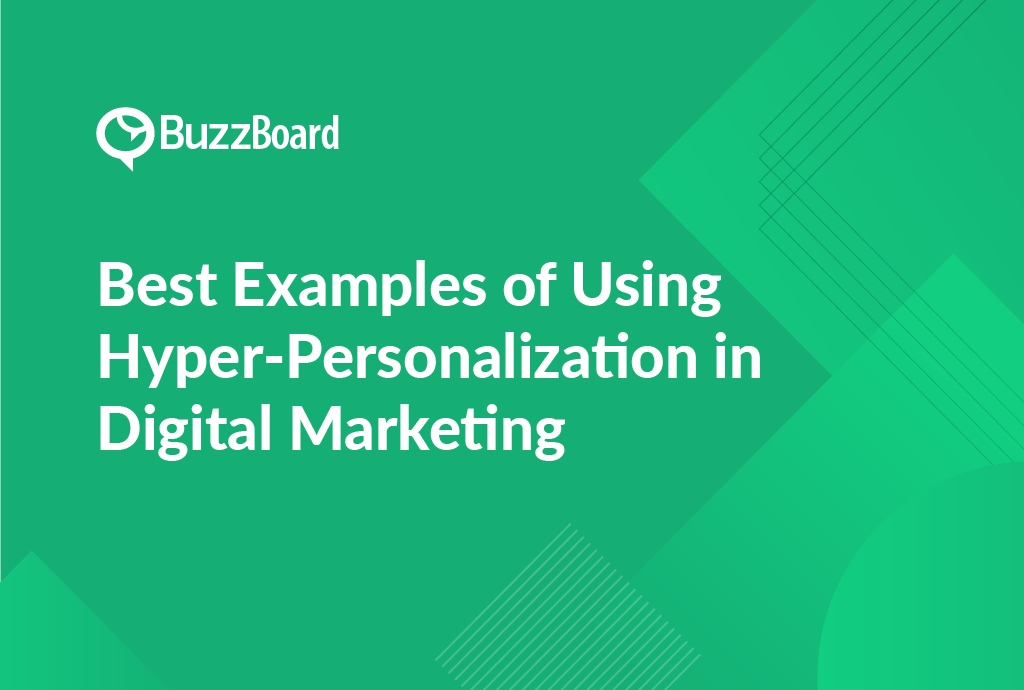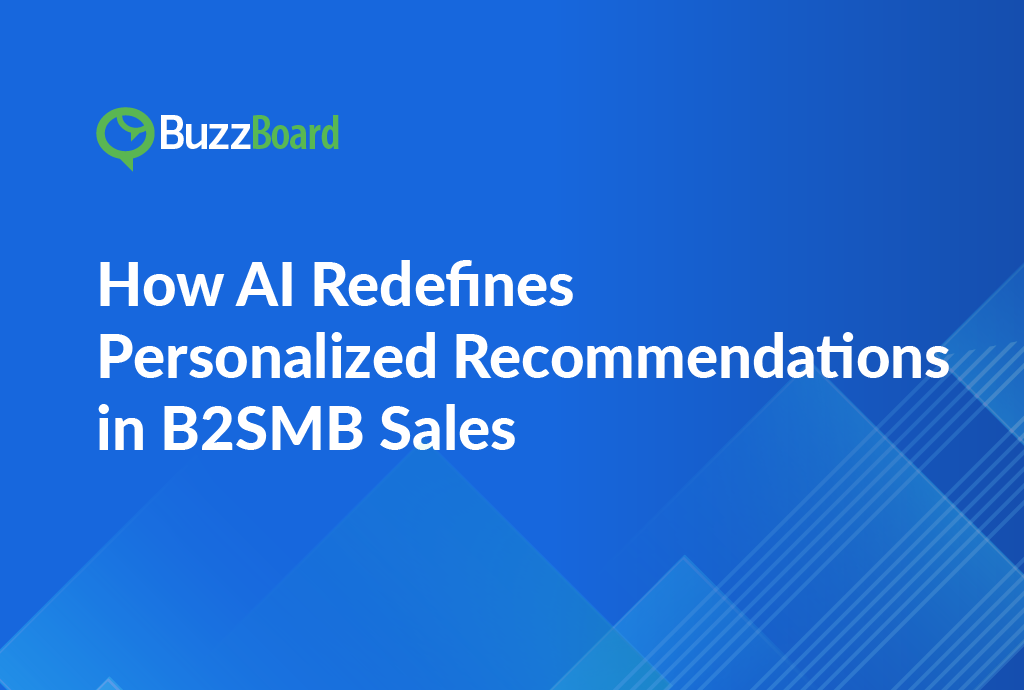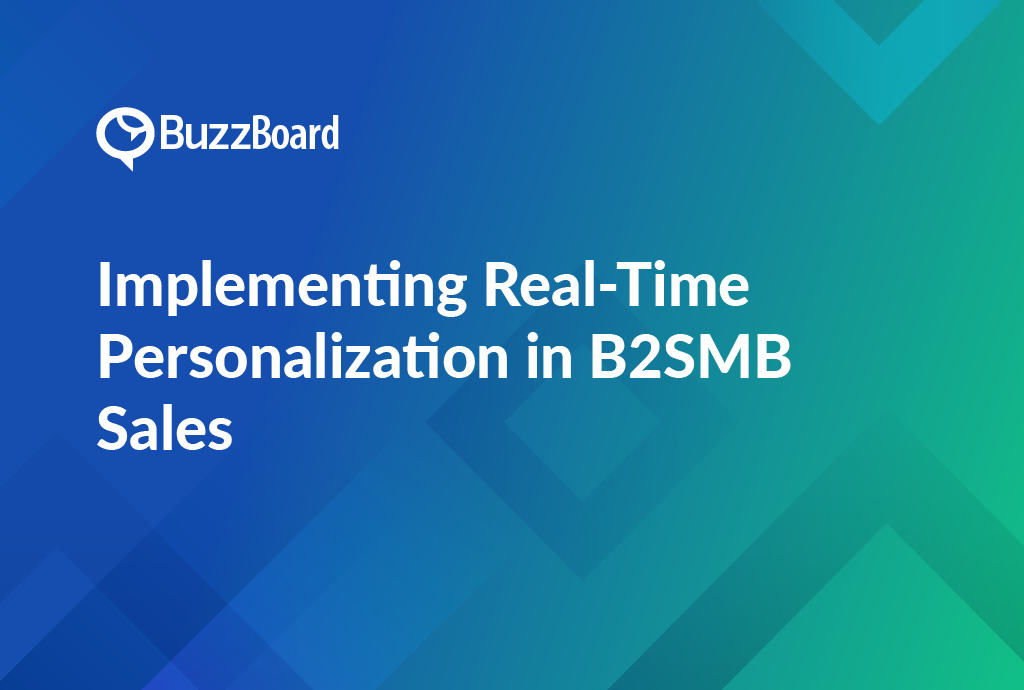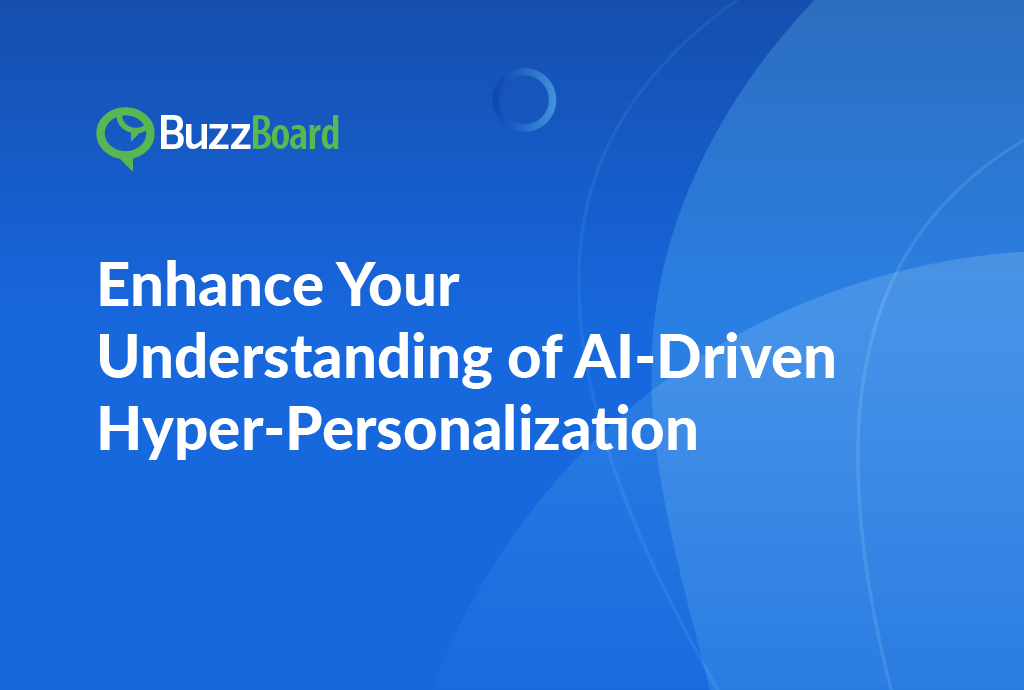In the rapidly evolving landscape of digital marketing, staying ahead of the curve is not just an advantage; it’s a necessity. One strategy that has proven to be a game-changer is hyper-personalization. In this article, we’ll explore the best examples of using hyper-personalization in the digital advertising realm. Whether you’re a seasoned sales professional or just stepping into the world of digital advertising, understanding how to implement and deploy hyper-personalization can be the key to unlocking unparalleled success.
Basics: Understanding Hyper-personalization
Hyper-personalization goes beyond conventional targeting methods. It involves tailoring digital content and advertisements to individual user preferences with remarkable precision. The goal is to create a personalized experience for each user, ultimately driving engagement, conversion rates, and customer satisfaction.
The Next Step: The Best Examples of Hyper-personalization in Digital Marketing
Hyper-personalization goes beyond conventional targeting methods. It involves tailoring digital content and advertisements to individual user preferences with remarkable precision. The goal is to create a personalized experience for each user, ultimately driving engagement, conversion rates, and customer satisfaction.
1. E-commerce Product Recommendations
Imagine logging into your favorite e-commerce platform, and instead of generic product suggestions, your prospects see a curated list of items tailored specifically to their preferences and past purchases. This is a classic example of hyper-personalization on digital media. By leveraging generative AI and analyzing user behavior, e-commerce platforms can make product recommendations that align with individual tastes and preferences.
2. Email Marketing Personalization
Gone are the days of generic email blasts. Hyper-personalization has revolutionized email marketing by allowing businesses to send targeted, relevant content to each recipient. For instance, a clothing retailer might send personalized emails showcasing products based on the user’s past purchases, browsing history, or preferences. This not only increases open rates but also enhances the overall customer experience.
3. Personalized Content Streams in Media Platforms
Streaming services and news websites leverage hyper-personalization to keep users engaged. By analyzing viewing or reading habits, these platforms can provide personalized content recommendations. For instance, a music streaming service might curate playlists based on a user’s favorite genres or artists, while a news app could prioritize articles aligned with the user’s interests.
4. Dynamic Website Content
Hyper-personalization extends to the very fabric of a website. Implementing dynamic content customization ensures that users see different content based on their preferences and behaviors. This could include personalized landing pages, product recommendations, or even tailored call-to-action that resonate with the individual’s journey on the website.
Time for Action: Implementing Hyper-personalization
1. Generative AI as the Driving Force
Generative AI, a crucial component of hyper-personalization, involves using algorithms to generate content dynamically. Whether it’s crafting personalized email subject lines, recommending products, or customizing website content, generative AI allows for real-time adaptation based on user data.
2. Identifying Hyper-Personalization Use Cases
Understanding and identifying the most sustainable hyper-personalization use cases is essential for a successful implementation. It’s not just about the technology; it’s about the practical applications that resonate with businesses. For example, some use cases for sales professionals could include email campaigns, inbound lead management, and individualized customer journeys.
3. Strategic Deployment
Deploying hyper-personalization involves a strategic approach. Sales professionals in the marketing services industry should work closely with clients to understand their specific goals and target audience. The deployment strategy may include phased implementations, testing, and continuous optimization to ensure maximum effectiveness.
Sales Talk: The Impact of Hyper-personalization on Digital Advertising
1. Enhanced Customer Engagement
Hyper-personalization significantly enhances customer engagement by delivering content that speaks directly to individual preferences. This level of personalization fosters a stronger connection between the brand and the customer, leading to increased loyalty and trust.
2. Improved Conversion Rates
When users encounter content that resonates with their preferences, the likelihood of conversion increases. Whether it’s making a purchase, signing up for a newsletter, or engaging with a call-to-action, hyper-personalization contributes to a more seamless and persuasive user experience.
3. Maximized ROI for Advertisers
For advertisers, the return on investment (ROI) is a crucial metric. Hyper-personalization ensures that ad spend is directed toward a highly targeted audience, increasing the chances of conversion and maximizing the overall ROI for digital advertising campaigns.
In Conclusion: The Power of Hyper-personalization
As a sales professional in the digital advertising industry, understanding and championing hyper-personalization can set you apart in a competitive landscape. By showcasing the best examples of using hyper-personalization, you can not only educate your clients but also position yourself as a trusted advisor who understands the evolving needs of the market.
Remember, it’s not just about the technology; it’s about crafting personalized experiences that resonate with the unique preferences of each user. By implementing and deploying hyper-personalization strategically, you can propel your digital advertising sales to new heights, delivering value to both clients and end-users alike.
Frequently Asked Questions
1. What are some specific examples of successful hyper-personalization campaigns or strategies implemented by businesses, and what were the results?
- Amazon’s product recommendations, which generate 35% of the e-commerce giant’s revenue.
- Netflix’s personalized movie and show suggestions, which reportedly save the company $1 billion annually by reducing customer churn.
- Coca-Cola’s “Share a Coke” campaign, which personalized bottles with customers’ names and increased sales by 2%.
2. How can businesses ensure data privacy and security when collecting and analyzing customer data for hyper-personalization purposes?
- Implement robust data governance policies and procedures.
- Use encryption and other security measures to protect customer data.
- Obtain customer consent for data collection and usage.
- Regularly audit and monitor data usage to detect and prevent potential breaches.
3. What are the potential ethical considerations and potential drawbacks of hyper-personalization, and how can businesses address these concerns while still effectively implementing hyper-personalization strategies?
- Ensure transparency and openness around data usage.
- Provide customers with control over their data and preferences.
- Use ethical guidelines and frameworks to inform hyper-personalization strategies.
- Regularly review and update hyper-personalization strategies to ensure they remain effective and ethical.








